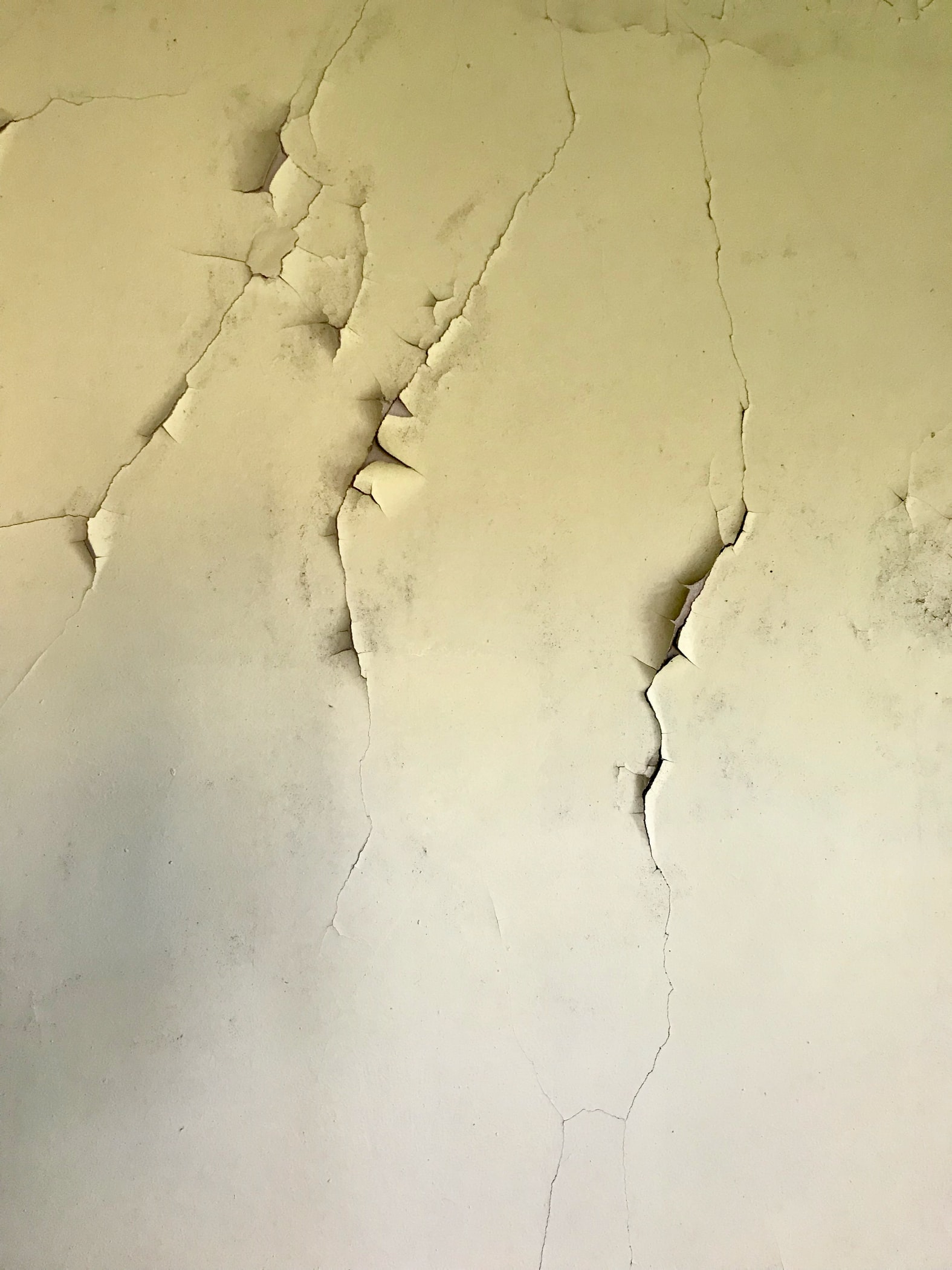When it comes to remodeling, taping and finishing drywall is part of the whole process. And whether you hire a pro or do it yourself, you will always have to expect that problems happen once in a while, including cracks. So, if you are looking for ways about how to keep cracks in drywall from coming back, you would need to understand why drywall cracks in the first place.
Causes of Cracks in Drywall
Most drywall cracks are found on the seams, the area where two pieces of drywall meet. Usually, these seams are invisible with the use of drywall mud and tape. The mud would fill in the seam and then the tape covers it up. Cracks form because of the stress placed on the seams. This is why you find cracks at areas that are considered high-stress like door frames, windows, and corners.

Tips for Japanese Style Interior Design: Bedroom
Another reason why drywall cracks is because too much compound is applied. The heavy compound application will crack or cause a gap. As the mud dries, the surface dries first. If the mud is too thick, then the surface hardens while the material below it is still drying which results in cracking. Applying several thin coats of compound will avoid this problem.
Temperature fluctuations also cause cracks. If the temperature fluctuates, the drywall expands and contracts, creating stress that then cracks the seams. Cracking can also be caused by building movement; environmental factors like temperature, moisture, and setting; or a lack of planning on the part of the one who installed it.

If you experience hairline cracks over doors and windows, know that this can be due to “settling.” Ove time, houses move and shift and the weakest point in the wall might crack. In addition to this, “new home settling” is also one reason why cracks happen on the walls. In newly built homes, new lumber or “green lumber” is usually used. This type of lumber contains a high level of moisture so it tends to move slightly as it dries out. As this happens, cracks occur. So, the best thing to do in this case is to start repairing the cracks after one year. You will be sure that the wood has dried out completely and retaping the cracked joints at this time will be more efficient.
How to Keep Cracks in Drywall From Coming Back
The best way to prevent cracks in drywall is a good installation. For one, you need to make sure that the seams are as strong as possible. You also need to use the right drywall and the right mud tape so that you can strengthen the seams accordingly to prevent cracks.

Speaking of drywall mud, there are different “grades” to them. Some are more adhesive, which are great to use for the first coat. For the second and third coats, however, it is possible to use a lower grade mud. When choosing your product, look for “quick-setting hot” mud or all-purpose drywall compound for the first coat. Then, after that, use lightweight mud for the finishing. If you use the right mud, you create strong seams that later on prevent cracking.
Another thing to be particular about is to use the right kind of tape. Drywall seams are normally covered with paper tape, which is generally known to be stronger and prevents cracking a lot better than fiberglass tape. A word of caution, avoid using mesh tape if you are going to use the “hot” quick-setting drywall mud.

Glue-like drywall mud setting additives can be mixed into your mud of choice to make it more malleable when dried. This way, the mud has more flexibility and can move in response to any environmental factor. The glue-like additive prevents cracking or limits it when movement happens.
To prevent hairline cracks in areas where the corner bead meets the drywall, what you need to do is remember to never nail the corner bead into the framing. Doing this allows the framing and drywall to move independently. Then, use a mesh over mud legs of a metal or vinyl bead to reduce the amount of compound needed so you create a smooth transition. This also increases the strength of the bond between the corner bead and drywall so the possibility of cracking is reduced.

